The charming coastal riverside town of Hoi An is a definite “must see” for visitors to Vietnam. It boasts a rich history, picturesque centuries-old buildings, good shopping, great restaurants, and a plethora of quality tailor shops for inexpensive custom made clothing.
Being a small town, Hoi An is a welcome respite from the hustle and bustle (ie., traffic and crowds) of large Vietnamese cities like Saigon (Ho Chi Minh City) and Hanoi. The Lonely Planet guidebook says it well: “Graceful, historic Hoi An is Vietnam’s most atmospheric and delightful town. The 21st-century curses of traffic and pollution are almost entirely absent.”
Hoi An’s Colorful Trading History
Hoi An was one of Southeast Asia’s major ports during the 17th-19th centuries. This river port became a prosperous town, attracting merchants from around the world – such as Japan, China, and Arabia. Canals used to run parallel to the streets, allowing merchandise to be loaded from the back of shop-houses directly onto the boats.
Hoi An’s trading prominence lasted into the early days of the 20th century. By that time, the Hoi An River had begun to silt up, forcing cargo ships to call at the nearby coastal port of Da Nang.
However, ample evidence remains of the different cultures that shaped the town’s history. These include a large Chinese community and colorful French colonial architecture. Many buildings date back as far as the 17th century and you can visit some of the old merchant homes.

My Visit to Hoi An
I visited Hoi An for two wonderful days in 2011, as part of a 10-day tour of the Best of Vietnam. We flew from Saigon (in the south) to Da Nang on the central coast. From the Da Nang airport, it was only a 30-minute drive to Hoi An – a peaceful town with a population of only around 80,000 residents.
- Credit: Hoi An Garden / Click on all photos to enlarge
Being on a small group tour (11 people plus a guide) with Trails of Indochina, our first order of business upon arrival into town was lunch. We had a delicious meal at Hoi An Garden, a lovely restaurant housed in a 100-year-old home with a garden patio. A particular favorite of everyone were the won tons cleverly named “money bags.” (photo above)
Walking Tour of Historic Hoi An
That afternoon, we enjoyed a 2-hour walking tour of Hoi An with our excellent guide Thom (from Saigon). After passing through the town’s lively Central Market, we went inside the Phuoc Kien Chinese assembly hall. These clan houses were established by Hoi An’s early Chinese traders, who also created their own schools and temples. In addition, we visited the Museum of Trade Ceramics in a beautifully restored timber house and toured Phung Hung, an old merchant’s home (shop-house) built in 1780.
The ornate 400-year-old Japanese Covered Bridge (below, left) is deservedly one of the town’s most photographed icons. I loved walking Hoi An’s pedestrian-friendly streets filled with picturesque old buildings – many of them housing restaurants, cafes and shops to serve the town’s many visitors. It was fun perusing the shops, which sell artwork, jewelry and a variety of other items like lacquer and ceramics.
Of course, let’s not forget Hoi An’s famous tailor shops. They literally number in the many hundreds. Tourists are often lured (usually willingly!) into the markets to buy silk and have quality garments tailor made. In fact, I myself had a beautiful custom suit (jacket & skirt) made while I was there.
To learn more about my great experience & get helpful tips for when you go, check out the post: Hoi An Tailors: Story of My Custom Made Suit.
- Molly showing local women their photo
Despite being a popular tourist destination, Hoi An still offers visitors a fascinating view into everyday Vietnamese life – whether in its traditional market, meeting friendly locals on the street, or pastoral views of rice paddies located just outside of town.
A Wonderful Countryside Bike Ride
One afternoon, our tour offered an optional 2-hour bike ride through Hoi An’s surrounding countryside. I was definitely game for the adventure, along with five other hearty members of the group. Led by our intrepid guide Thom (photo above) – and escorted by a sag wagon with two helpers to direct traffic! – we embarked on a most enjoyable and incredibly-picturesque 18-mile excursion. We cycled on both bike paths and main streets through rice fields and small villages, before arriving at the coast where we took a group photo on the beach.
On the way back, we passed through a village that grows all the flowers and organic vegetables for Hoi An. (photo below) We learned from Thom that farming (rice and vegetables) is #1 and tourism is #2 for the local economy. I loved this experience of rural Vietnamese life, complete with verdant rice paddies and grazing water buffalo. They were definitely postcard scenes!
Dinner at Brother’s Café Restaurant

In reading current reviews, apparently Brother’s Cafe is still very popular but is one of Hoi An’s most expensive restaurants, due in part to the historic building and lovely riverside setting. So, whether for a special dinner or drinks on the patio watching the sunset, you may want to at least drop by to check out their view.
Visit to the Cham Ruins of My Son
In addition to in-town exploring, Hoi An provides a nice base for touring other nearby sights. One morning, we visited My Son – the site of a 4th century Cham intellectual and religious centre. Our 30-mile drive to My Son passed through small towns and beautiful rural scenery. There, we spent two hours touring the My Son grounds with ruins of over 70 ancient temples. It was followed by an interesting folkloric dance performance.
- My Son – ancient Cham ruins
I hope you’ve been inspired to add Hoi An to your “wish list” whenever your travels take you to Vietnam & Southeast Asia. It’s a lovely complement to Vietnam’s big cities, which are fascinating but definitely not peaceful & low key like Hoi An.
Resource: Helpful Website on Hoi An Tourism
Check Out My Blog Post: Vietnam’s Hoi An Tailors & My Custom Made Suit
Comments: Have you traveled to Vietnam and Hoi An? Did you like Hoi An- what were some favorite parts? If not yet, is Vietnam on your travel list? What would you most like to do or see if you went to Hoi An?


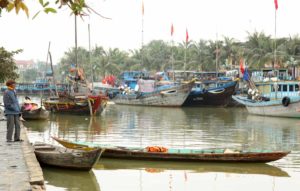


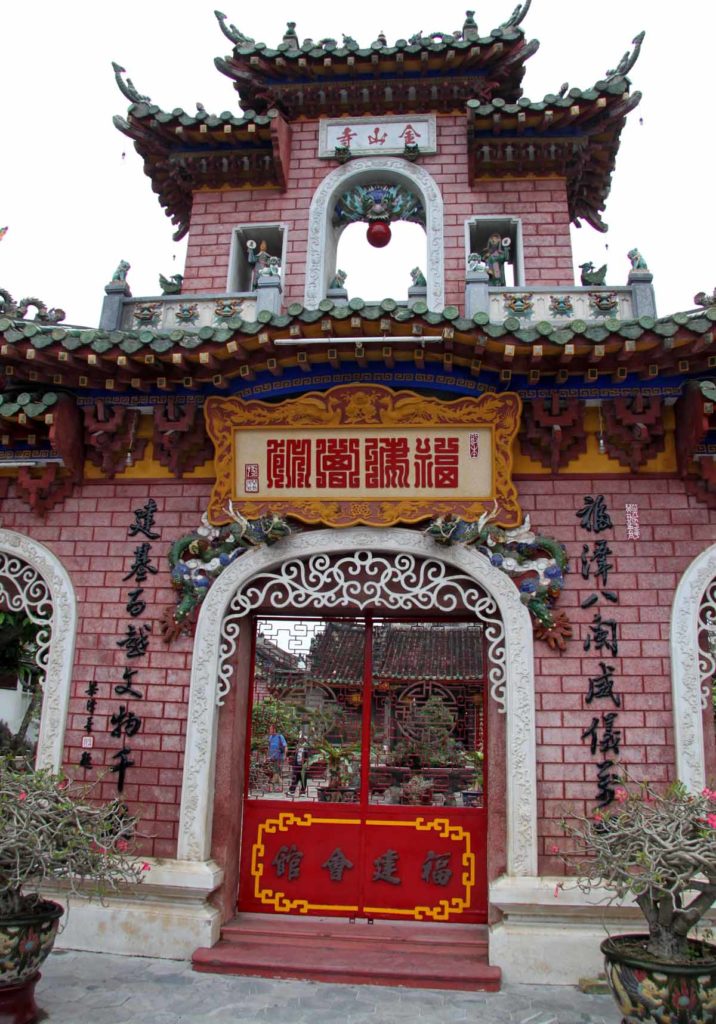






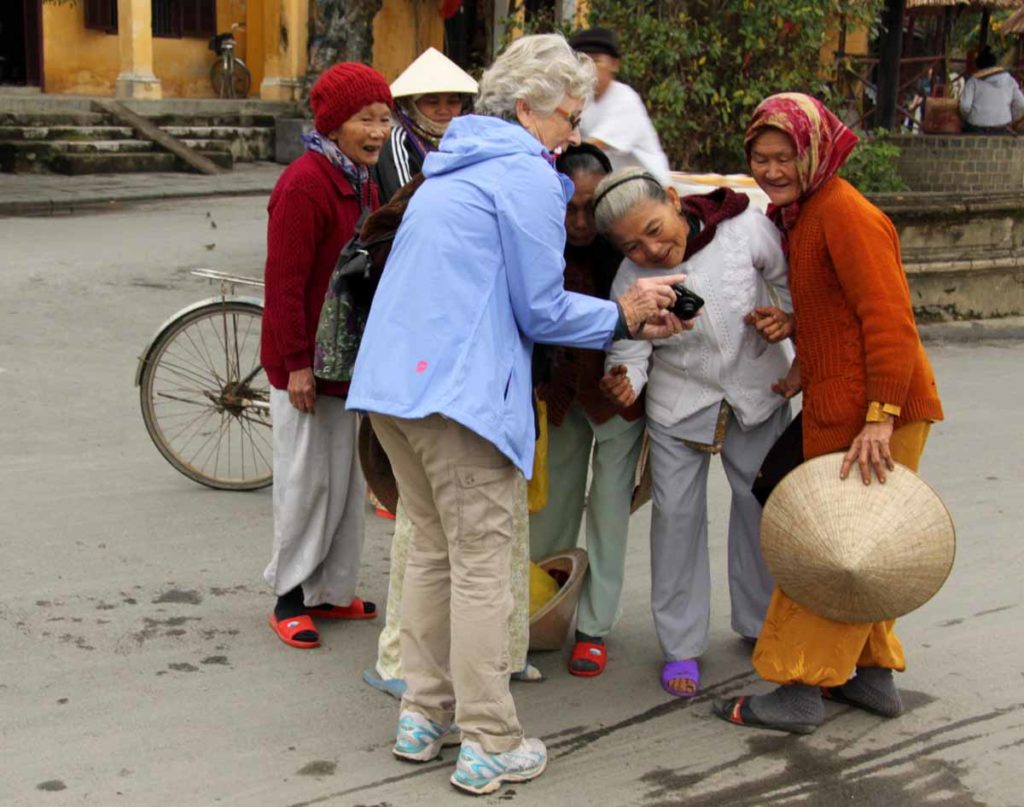


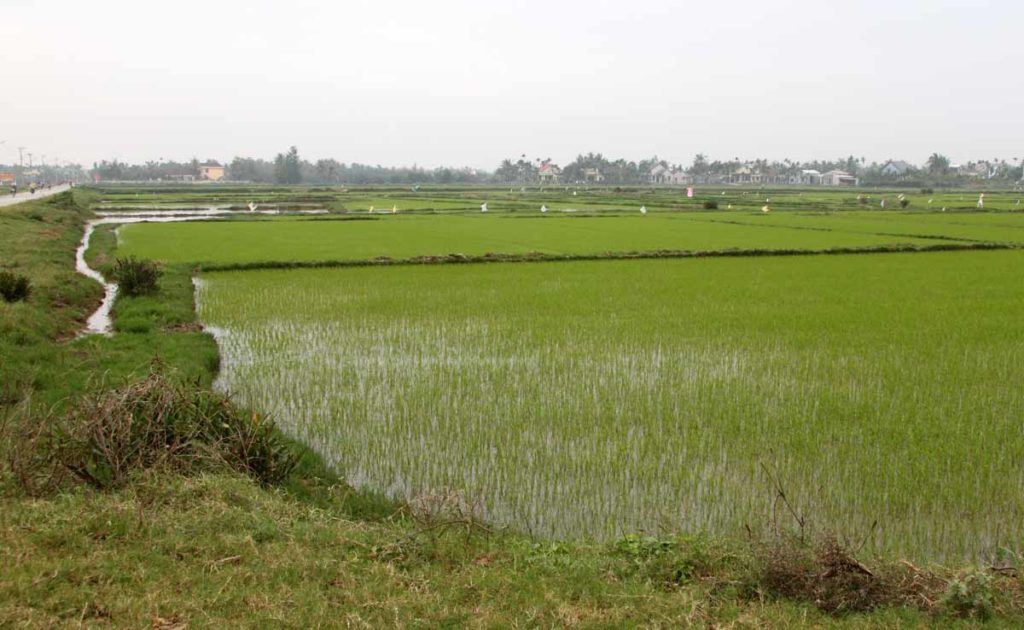








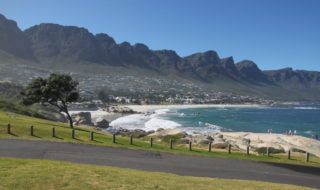
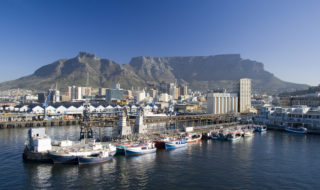

Post a Comment